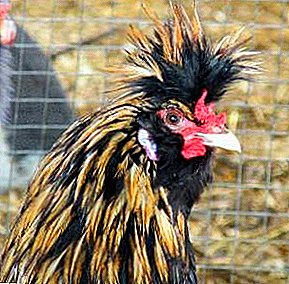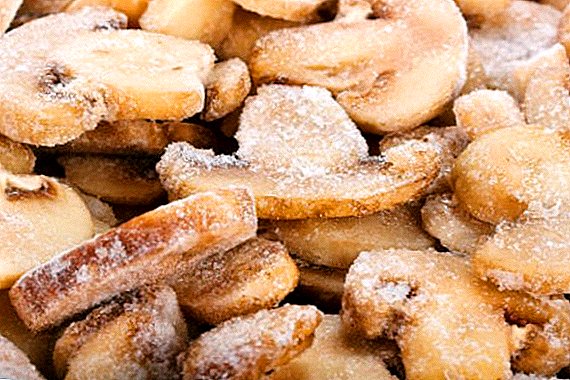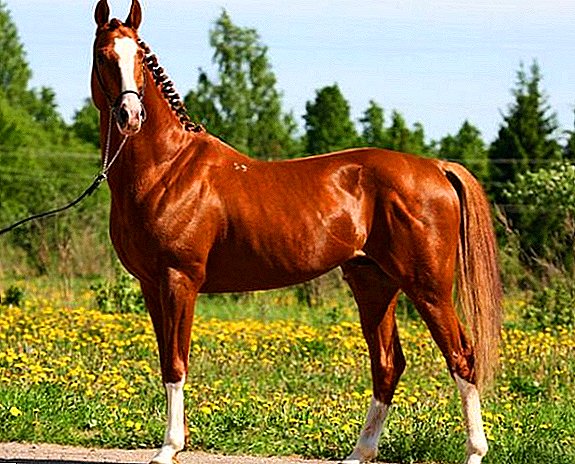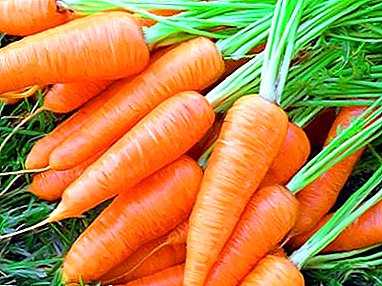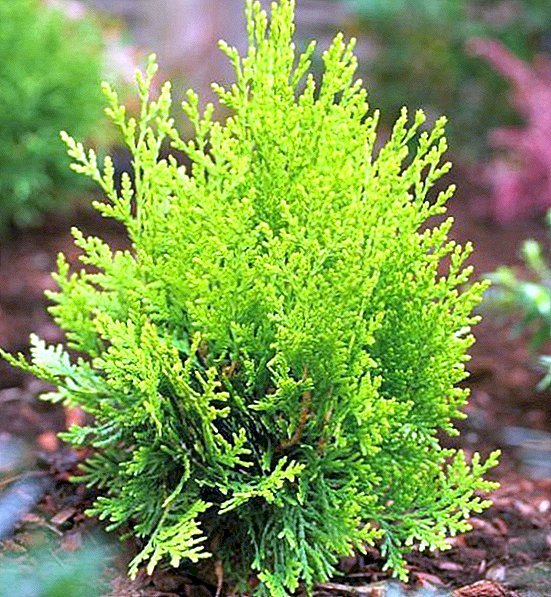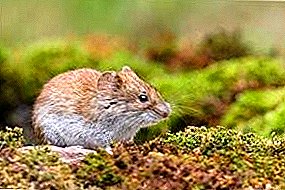
Gray voles are rodents that look like mice. This small animal often becomes cause large losses in farms.
Description Gray vole and its subspecies
Adults can grow up to 20 cm in length, although the average individuals reach 15 cm.
They look like mice, but have shorter ears and tail. Coat color on the back of a dark brown color, and on the belly - ashen. Many varieties of voles are difficult to distinguish from each other with the naked eye.
The most common species of the gray vole family are ordinary and plowed.
Common Vole
This species of rodent slightly larger. It has longer tailwhich can reach half the body length. Color light in gray-brown shades.
Such a rodent lives in forests, forest-steppes and steppes ranging from the Atlantic coast of Europe to Mongolia. Occasionally found on the Korean Islands.
Voles form family settlements. Such organizations consist on average of three females and their offspring in 3 - 4 generations.
 The colony builds burrows that have several outlets and many moves that are located close to the soil surface. A little deeper is located several repositories in which rodents keep their winter stocks.
The colony builds burrows that have several outlets and many moves that are located close to the soil surface. A little deeper is located several repositories in which rodents keep their winter stocks.
Ordinary vole herbivorous. In the warm season, it feeds on green shoots of cereals and legumes, as well as plants of the compositae family.
It can eat insects, their larvae, mollusks. In the cold season feeds on bark and underground plant parts, seeds. Makes stocks for the winter. A pantry can hold up to three kilograms of food.
The activity of the common vole depends on the ambient temperature. When it is warm, it is active mostly at night. In the cold season, its activity is the same throughout the day, but intermittent.
The average age of onset of breeding such a rodent - 2 months. But the young female can become pregnant on the 13th day of life.
Pregnancy last 2 - 3.5 weeks. One offspring gives an average of five new individuals, but it can be up to fifteen.
During the warm season, the female can give 2 - 4 broods, in some habitats 7 - 10. If the animal finds a good place for wintering, it can continue to breed in the cold.
Plowed vole
Mouse-like rodent with dark coat color. Its other name is the dark vole. It has a wide body and short tail.
The field crop can be found across Europe and in Asia to Lake Baikal. Occurs in wet areas: river valleys, ravines, floodplain meadows.
According to the organization of communities resemble an ordinary vole.
Food is similar to other species of the field family. In addition to green parts of plants, it also eats berries and mushrooms.
Predominantly night rodent. But in the daytime still shows moderate activity.
Plowed voles very prolific. The average offspring consists of six cubs. But the number of offspring may vary.
A photo
Pictorial photos of common and plowed vole:





What is harmful to a man-farmer
In the cold season, gray voles getting closer to man. They occupy straw mows, sheds, cellars, grocery stores. And harm food stocks.
Part of the rodents settled in gardens and nurseries. They gnaw the bark of trees and damage the roots.
If the garden is inhabited by such animals, then by the spring many trees are sick or die. Most often they damage the apple trees, at least - pears and stone trees.
Methods of struggle and protection
To prevent rodent migration, you should carefully prepare the land for winter:
- destroy weeds;
- carefully clean the bread and thresh them;
- dig pristvolnye stripes in the gardens;
- peel stubble.
AT as a poison use zinc phosphide, glyph-torus, baktodorentsid.
Also attract predatorsthat destroy voles:
- owls;
- caress;
- ferrets;
- hedgehogs.
Conclusion
The gray vole is a large rodent family. Common vole is the most dangerous pest. for agriculture.
It can not only destroy stocks of cereals, but also contribute to the death of trees.


